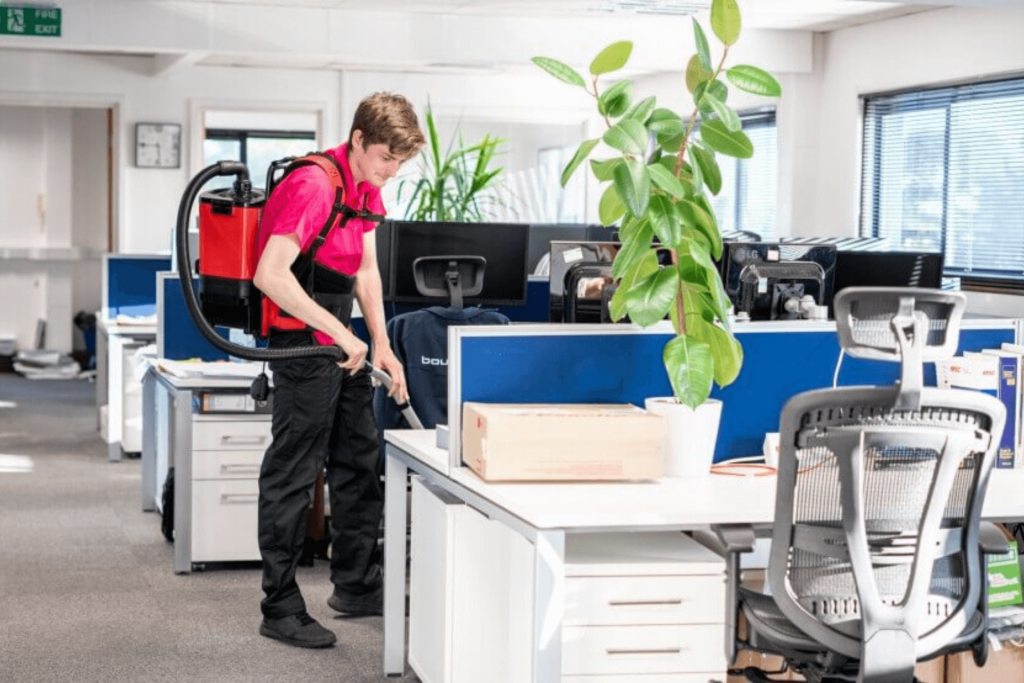Predicting when workers will return in full to office buildings is a bit like trying to predict the stock market. Even as employers have heralded new return-to-office plans, workers have mostly opted to stay at home—whether because of concern over catching Covid-19 or, more recently, because of rising gas prices. A January 2022 survey from Pew Research found 60 percent of workers whose jobs can be done at home wanted to work remotely most or all of the time and a recent survey from the consulting firm Gartner found fewer companies are expecting their workers to be in the office five days a week.

For AffinEco and other building service companies, the see-saw swing from expectations to reality makes planning and scheduling difficult. “Managing the ‘true’ occupancy numbers has been a challenge. We count cars in the parking lot, count full trash cans, etc. When we see a trending increase in occupancy, we add staff where needed,” said Tammi Kent, director of Account Services for AffinEco’s Boston office. “The goal is to always provide quality service.”
That means keeping buildings clean and ready for workers whenever they return.
“Restrooms all still need to be cleaned, trash must be removed, and we don’t always know how many people will be in the office and where they will be stationed on any given day,” said Kent. “We typically patrol the entire building and clean all common areas.”
Buildings with low occupancy typically require fewer janitors and porters, so AffinEco has been utilizing those workers to do special, one-time projects, like providing extra cleaning and maintenance for a company preparing to “re-open” to its workforce. “It keeps people working,” said AffinEco Vice President Nolan Macario, who runs the company’s Boston office. Other teams have been doing special building projects, like pressure-washing, painting and other services that are more efficiently undertaken when buildings are less full. Additionally, Macario said, the company has been providing additional services to retail clients, stores and restaurants that need specialized, one-time services.
With occupancy fluctuating over the past several months, some building managers have been sharing data from employee access cards with AffinEco so the company can adjust crew schedules based on the trends in attendance. As Macario noted, with lower occupancy, shifts would run on a more flexible schedule, but with more people in the building, Macario moves the shifts to a regular 8:00 a.m. to 4:00 p.m. or 5:00 p.m. to 9:00 p.m. schedule. “The result is having some cleaning visible while workers are at the workplace, with the balance of the work being completed after everyone has left for the day as is traditional,” he said.
Even as the see-saw swings – and workers vacillate between working at-home and at the office – there is a clear expectation that their office building will be healthy and safe. But, how that expectation is met, is a bit unclear. In a survey of 2,000 workers that had recently returned to their offices, the health and hygiene company Essity found 75 percent of those questioned said they want their employer to provide a more environmentally-friendly office. But when pressed on who should be responsible for that eco-friendly focus, more than half thought the task fell either the employees themselves or in a 50/50 shared responsibility between workers and their employer. It is an important consideration for building owners and managers and the service providers who keep their buildings clean and safe.
—
